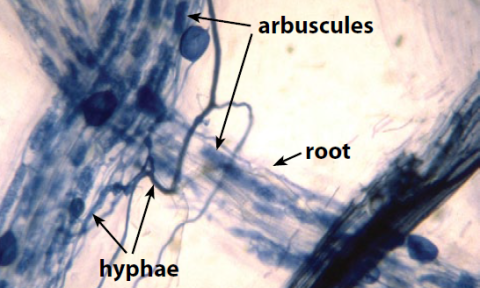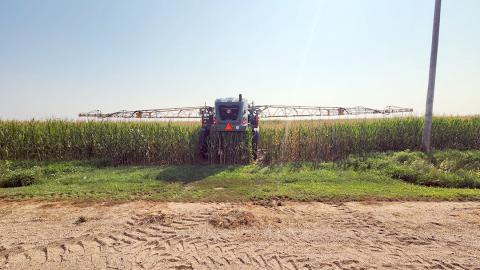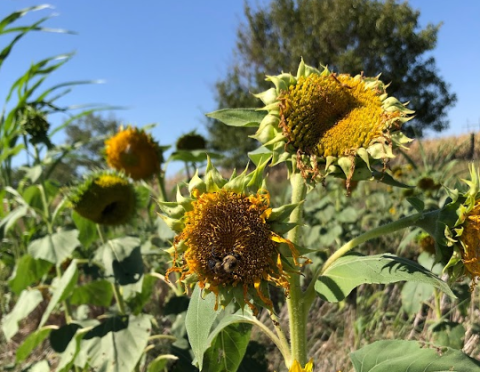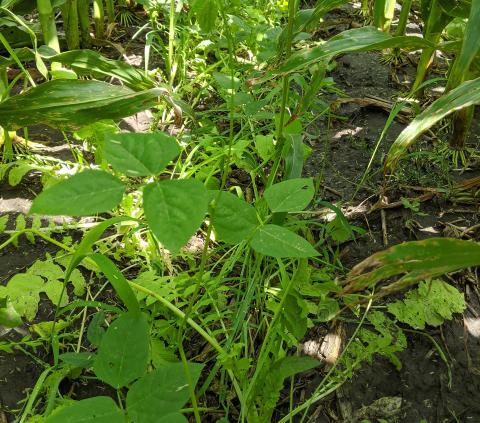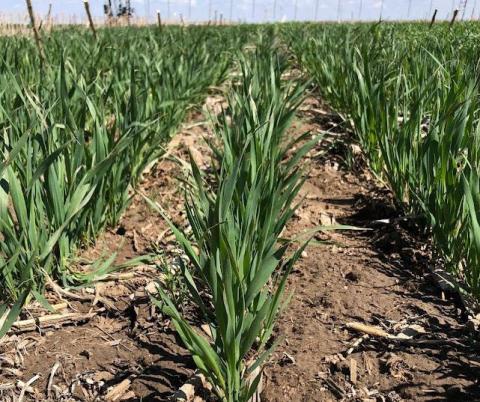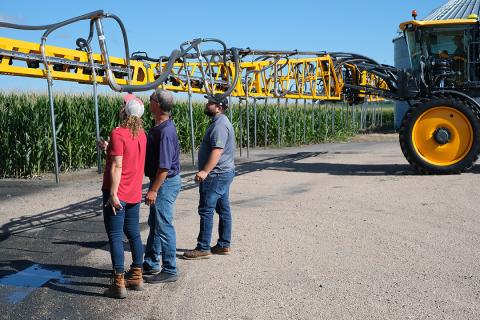How Does Soil Life Contribute to Soil Health?
March 28, 2024
How is healthy soil created? In this article, soil health experts explain how plants and soil organisms interact to compose and decompose organic matter, cycle nutrients, and build the structure of soils.
Highboy Cover Crop Interseeding Project Fall 2023 Updates
March 28, 2024
Researchers share insights from the second year of the study, wherein they experimented with delayed interseeding dates to maximize cover crop establishment.
Warm-season Species for Soil Health and Forage Purposes
July 27, 2023
Taking advantage of summer heat and abundant sunlight, warm-season cover crops can accumulate impressive amounts of biomass, cover bare ground quickly, suppress weeds, reduce erosion and improve soil health.
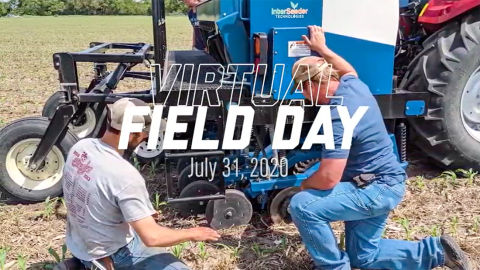
Interseeding Cover Crops into Early Season Corn and Soybean: Species Selection
April 27, 2023
In this article, Nebraska Extension evaluates numerous cover crop species for interseeding and provides guidance on how to choose the species that will best fit your production needs.
On-Farm Research Early-season Interseeding into Corn and Soybean Results (2019-2022)
April 13, 2023
The final results of a three-year study on interseeding cover crops in early-season corn and soybean include observations on yield, soil quality and net return.
Evaluation of Diverse Cover Crops Across Nebraska: Findings from Spring-planted Cover Crops in 2022
February 23, 2023
Results from 2022 variety trial research conducted on numerous cover crop species at five UNL research stations across Nebraska.
Broadcast Interseeding with a Highboy — What We Learned in Year One
December 16, 2022
First-year results of a study to assess cover crop establishment using broadcast late-season interseeding in rainfed and irrigated fields.
Highboy Cover Crop Interseeding Project
October 6, 2022
Interested producers are encouraged to participate in this new UNL project, wherein researchers are interseeding cover crops into late-season corn to provide additional growth time before winter dormancy.


